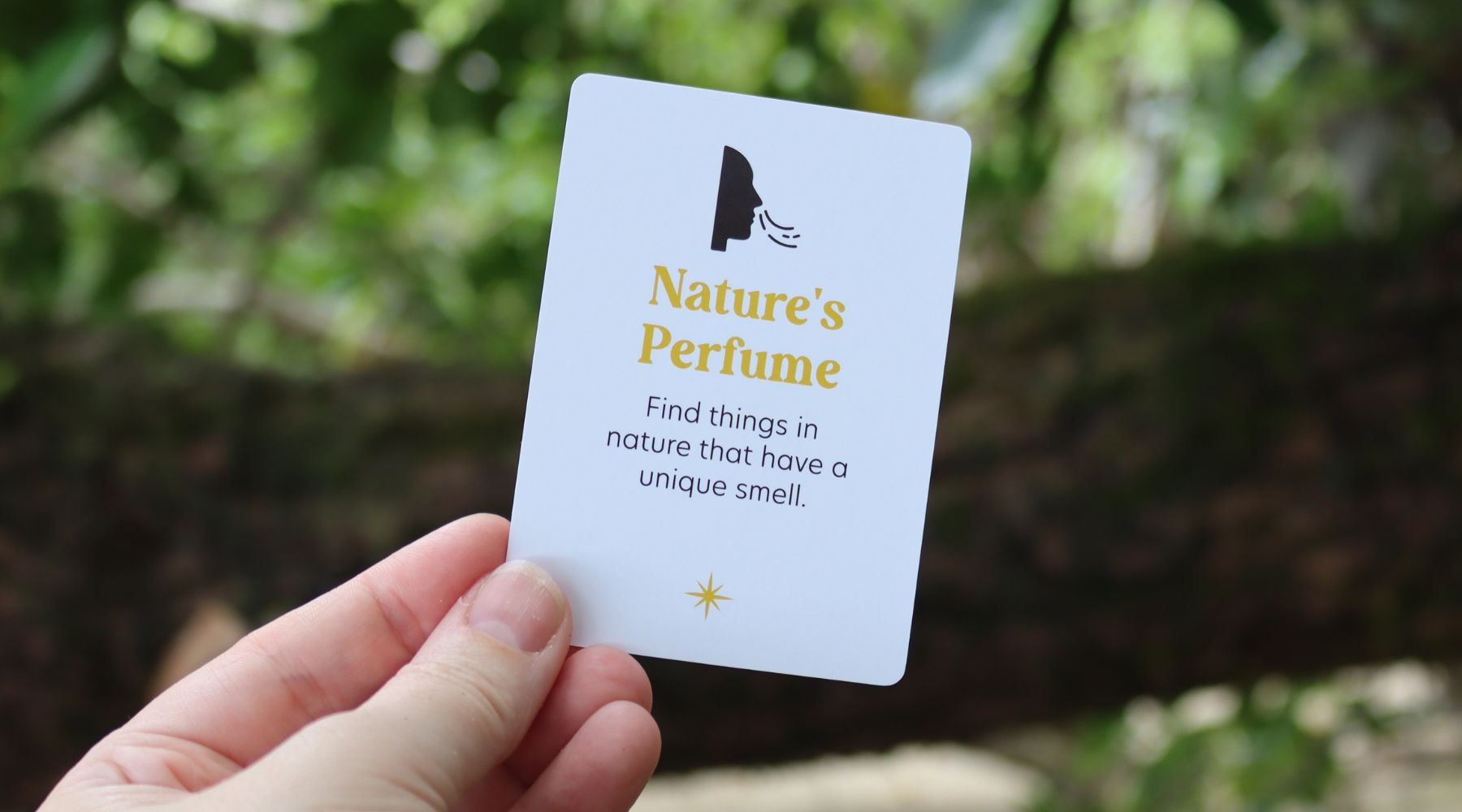Have you ever noticed how different places in nature have their own special smells? From the earthy scent of soil after rain to the sweet fragrance of wildflowers, nature is full of wonderful aromas just waiting to be discovered. In this activity, you’ll become a scent detective, exploring the outdoors to find things in nature that have a smell.
Why Explore Nature’s Scents?
Our sense of smell is powerful—it can bring back memories, help us identify plants, and even alert us to changes in our environment. By exploring the scents of nature, you’ll learn to appreciate the different aromas that make each outdoor space unique. Plus, it’s a fun way to engage with nature in a whole new way!
What You’ll Need
- A notebook or journal: To record the scents you discover.
- A pencil or pen: For writing down your observations.
- A small bag: To collect a few scented items (but remember, always be gentle with nature!).
Step-by-Step Instructions
- Head Outdoors Choose a place where you can safely explore, like a garden, park, or nature trail. Make sure it’s a spot with lots of plants, trees, and other natural elements.
- Start Sniffing! As you walk around, pause to sniff the air. What do you smell? Look for things in nature that might have a scent, like flowers, leaves, or even the bark of a tree. Gently rub a leaf or flower between your fingers to release its fragrance.
Fun Fact: Did you know that different plants release different scents to attract pollinators like bees and butterflies? For example, lavender’s sweet smell attracts bees, while some plants have strong, spicy scents to keep pests away.
- Record Your Discoveries Write down what you find in your notebook. Describe the scent—does it smell sweet, fresh, earthy, or spicy? Try to identify what plant or object the smell is coming from. You can even give each scent a creative name, like “Sunshine Flowers” or “Forest Fresh.”
- Collect a Few Samples If it’s safe and allowed, gently collect a few small samples of the scented items you find. Place them in your bag to take home and add to your nature journal. Remember to only take a small amount so that the plants and environment remain healthy.
Fun Fact: Some plants have stronger scents at different times of the day. For example, jasmine flowers smell stronger in the evening, while pine trees give off a stronger scent in the heat of the day.
Safety Tips
- Be mindful of allergies: Some plants can cause allergic reactions, so make sure you know which ones to avoid.
- Handle plants gently: Avoid pulling up plants by the roots, and don’t pick too many flowers or leaves. Always leave plenty for others to enjoy and for the plants to thrive.
Wrapping Up Your Scent Adventure
Exploring the scents of nature is a fantastic way to connect with the environment and discover new things. The more you explore, the more you’ll start to notice how each season and environment has its own unique “perfume.” So, the next time you’re outside, take a deep breath and enjoy the wonderful world of natural scents around you.



